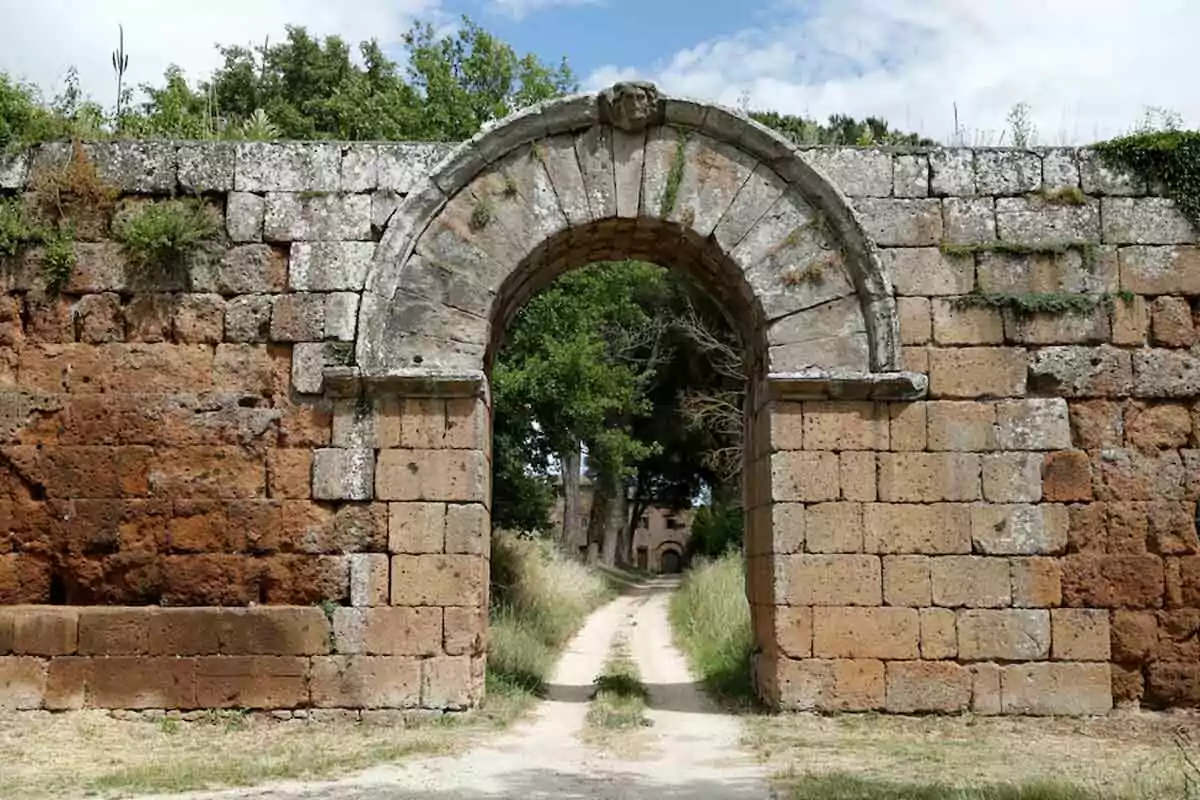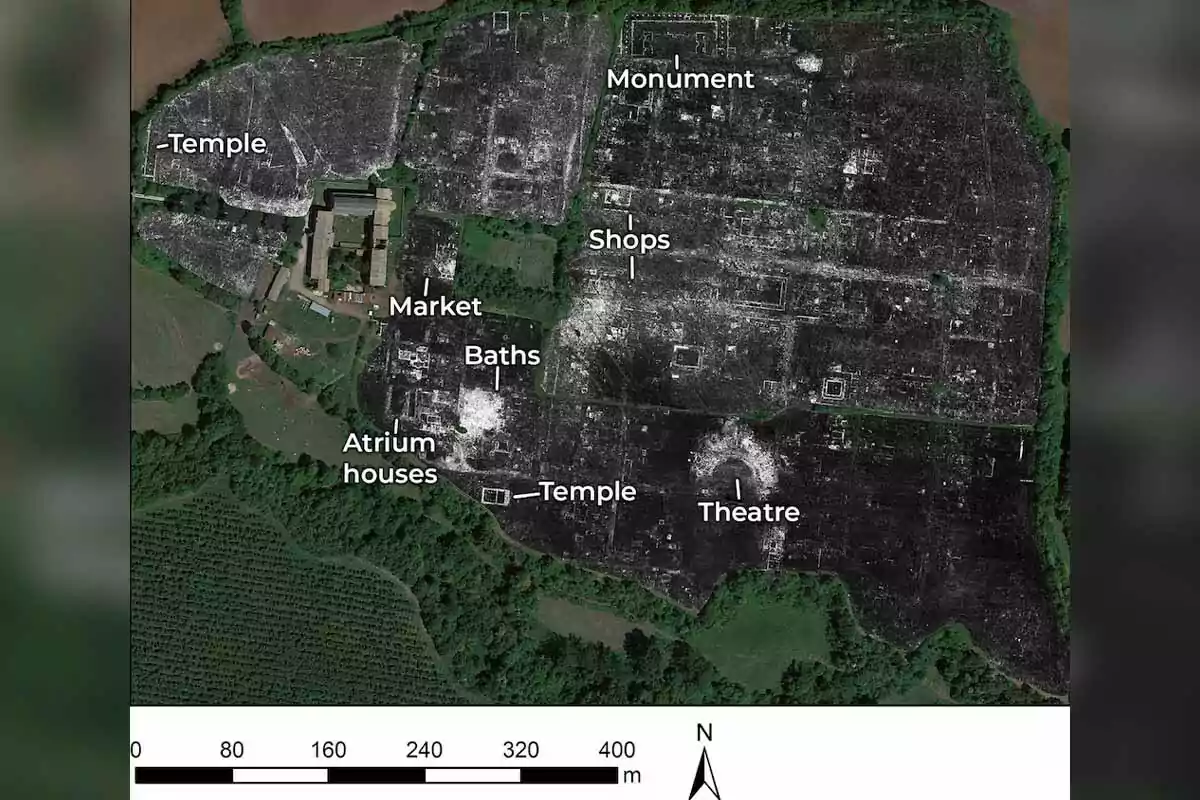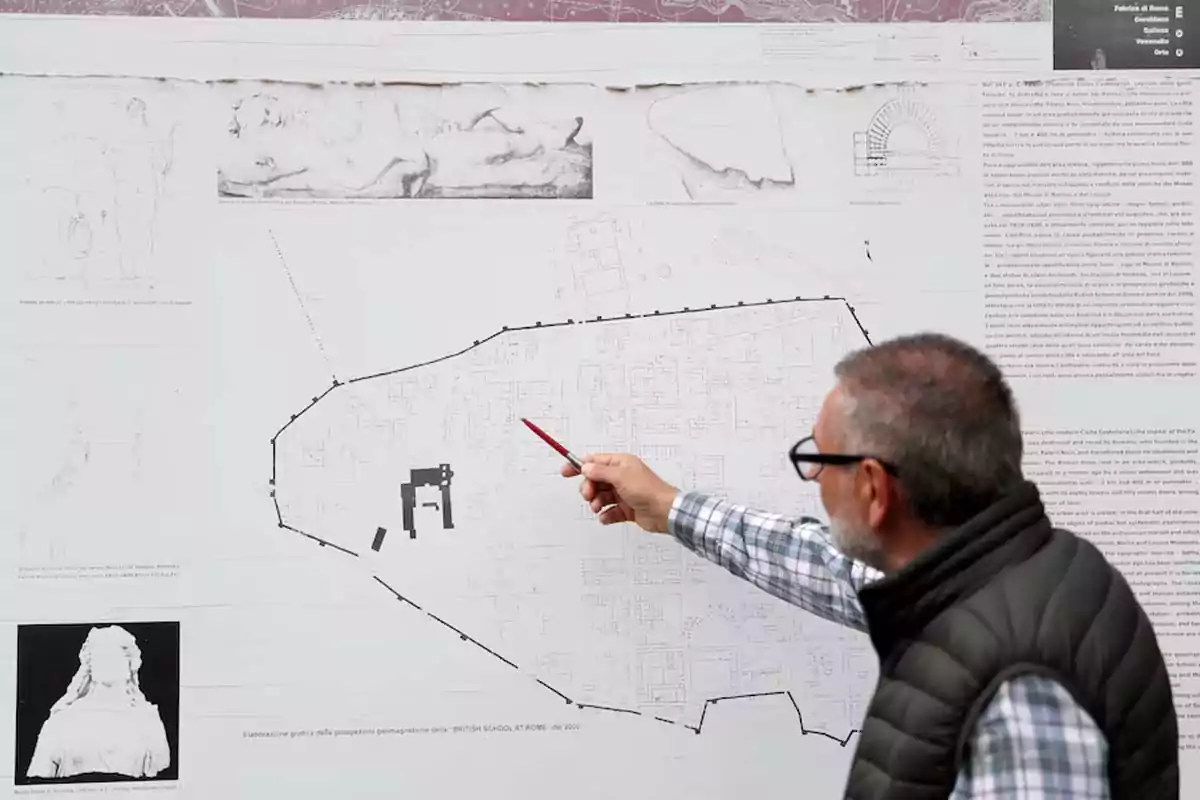
They discover a complete Roman city without excavation using state-of-the-art radar
A ground-penetrating radar allowed mapping of Falerii Novi without breaking the ground
Falerii Novi, located 50 km from Rome, was revealed without removing soil thanks to a state-of-the-art radar.
The discovery was possible because the city has no modern constructions on top. The technology used allows exploration without damaging the site.

How did they manage to see an entire city without excavating?
Archaeologists from the universities of Cambridge and Ghent managed to map in detail a Roman city buried for centuries without making a single excavation.
They used a ground-penetrating radar (GPR) that detects structures beneath the ground. This method could transform the way ancient sites are studied.
Where is Falerii Novi and why is it so special?
The city was built in 241 BC in the Tiber River valley. It was about 50 km north of Rome.

Unlike other archaeological sites, Falerii Novi was not covered by modern buildings. This made it an ideal place to test this technology without excavations.
The key: a radar that "sees" underground
The GPR works by sending radio waves that bounce when they hit buried objects. By analyzing those bounces, it is possible to know what is below and at what depth it is.

In this case, the radar was mounted on a quad that covered more than 30 hectares. Measurements were taken every 12.5 cm, achieving unprecedented resolution.
High resolution, without breaking the ground
According to Martin Millett from the University of Cambridge, this version of the GPR allows for very detailed images. "Many readings can be taken very closely together," he explained.
This opens the door to studying entire cities without the need to excavate.

What did they find underground?
Thanks to this technique, researchers precisely reconstructed the layout of the city and detected surprising structures:
- Public baths with a pool and network of pipes.
- A Roman market.
- A temple and a commemorative monument with columns, called porticus duplex.
- Layers of soil showing the urban evolution of the city.
- Buildings with non-uniform designs, unlike other Roman cities like Pompeii.
They also discovered that materials from the constructions were reused in later periods, possibly after its abandonment.
More posts: